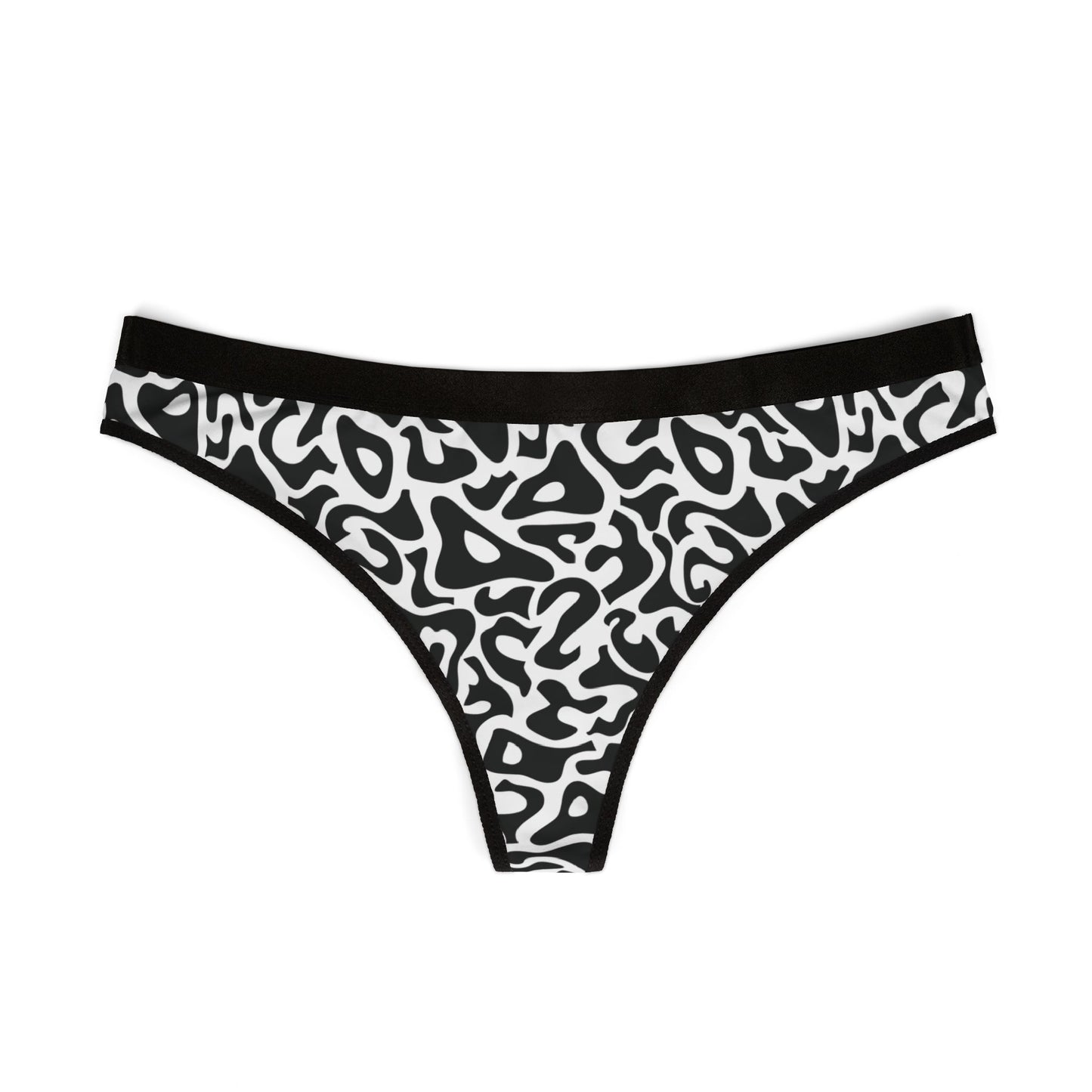
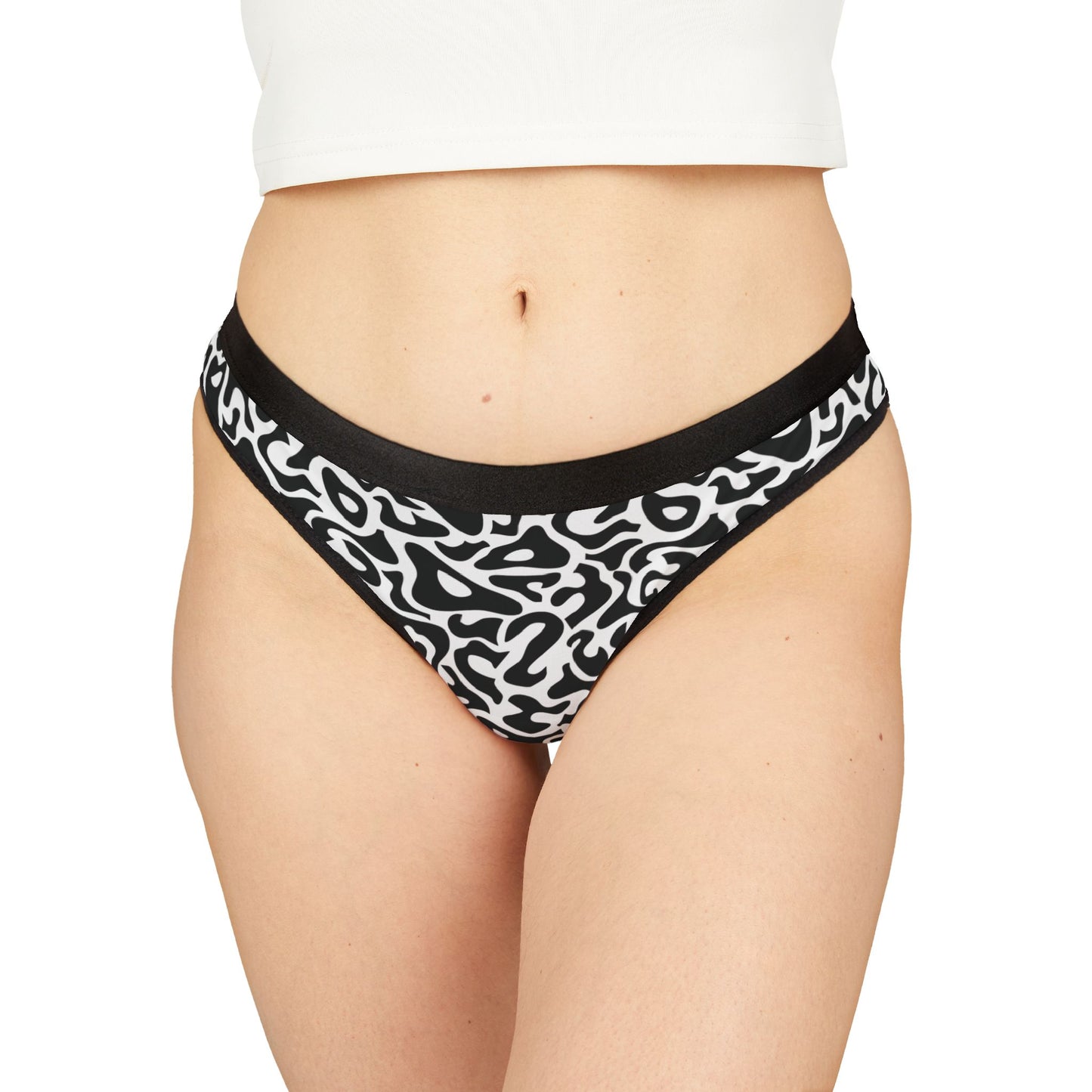
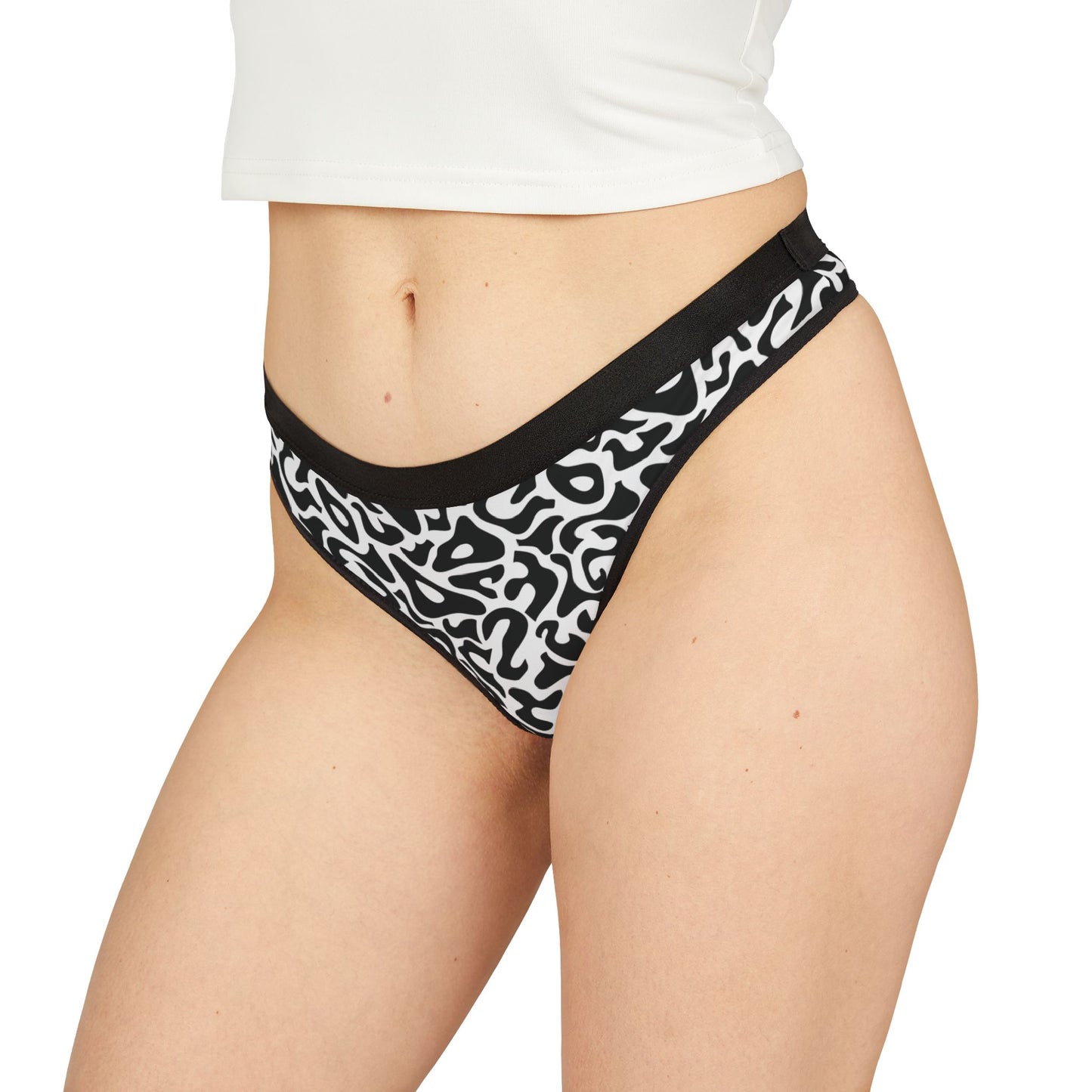
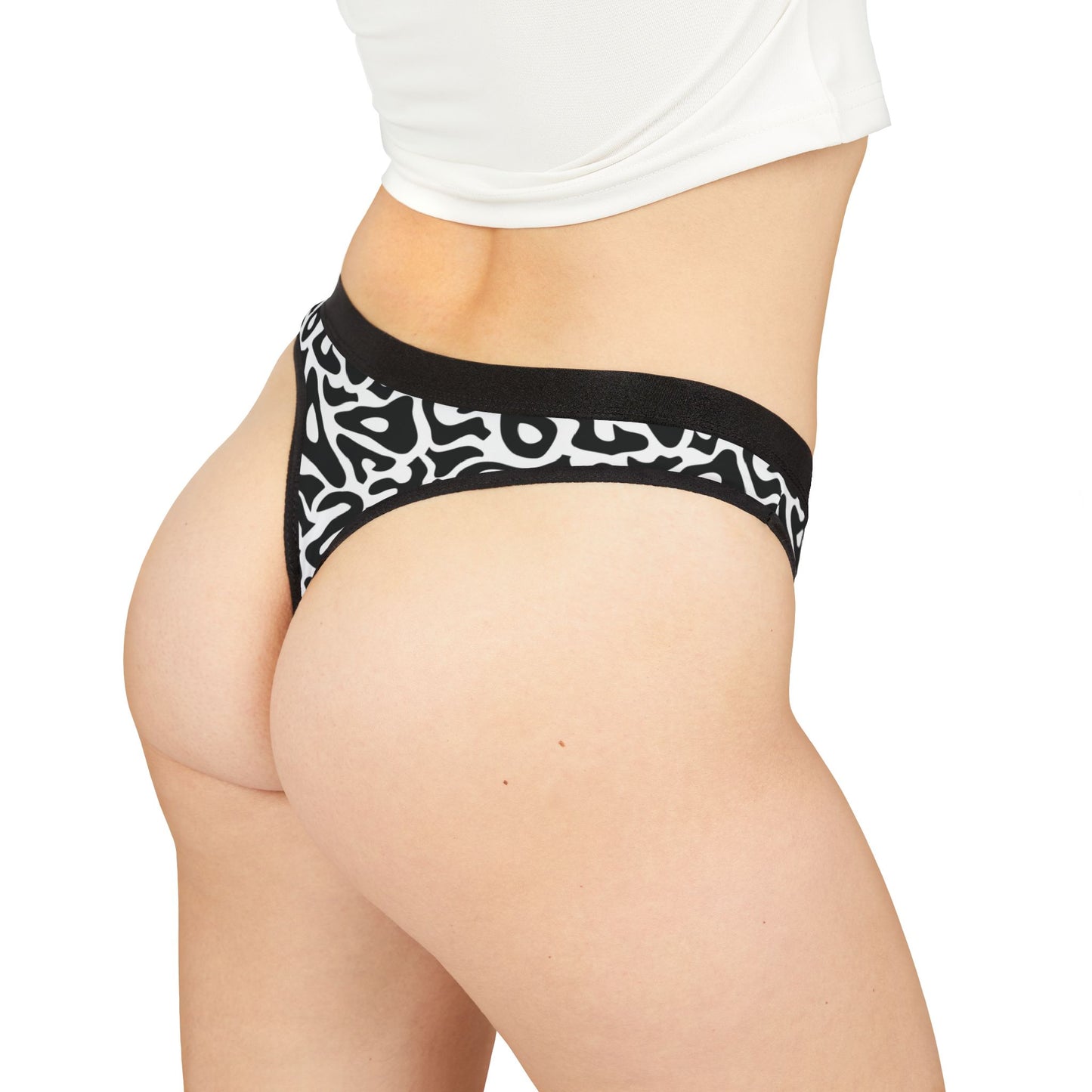
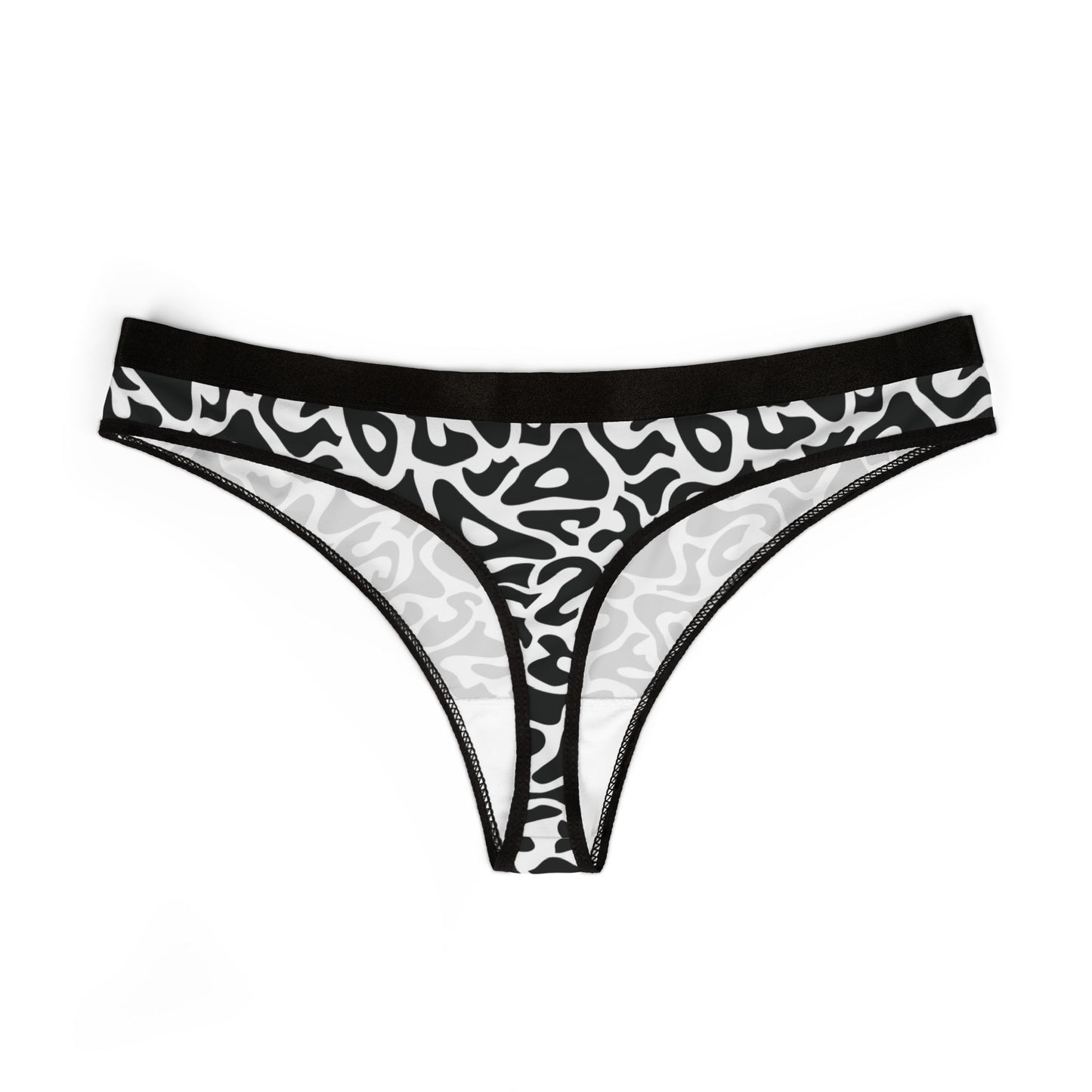
Camouflage Information:
The Bacteria Camouflage, also known as “Microorganism Camouflage,” is a rare South Korean pattern developed by the Korean Military Academy (KMA) in the late 1960s and used through the 1990s. Characterized by high-contrast black, amoeba-like forms scattered across a white background, it was designed for training environments where traditional camouflage was less practical. Intended to disrupt the human silhouette and visually distinguish cadets during drills and exercises, the pattern prioritized institutional identity over environmental blending. Printed on cotton twill and herringbone twill fabrics, with slight variations between class years, this camo was never mass-issued and remains exclusive to the academy. Its experimental design, limited production, and graphic intensity have made it a coveted item in vintage military circles and a notable example of unconventional camouflage theory.
Shop All Bacteria Camo KMA
The Bacteria Camouflage, also known as “Microorganism Camouflage,” is a rare South Korean pattern developed by the Korean Military Academy (KMA) in the late 1960s and used through the 1990s. Characterized by high-contrast black, amoeba-like forms scattered across a white background, it was designed for training environments where traditional camouflage was less practical. Intended to disrupt the human silhouette and visually distinguish cadets during drills and exercises, the pattern prioritized institutional identity over environmental blending. Printed on cotton twill and herringbone twill fabrics, with slight variations between class years, this camo was never mass-issued and remains exclusive to the academy. Its experimental design, limited production, and graphic intensity have made it a coveted item in vintage military circles and a notable example of unconventional camouflage theory.
Shop All Bacteria Camo KMA




